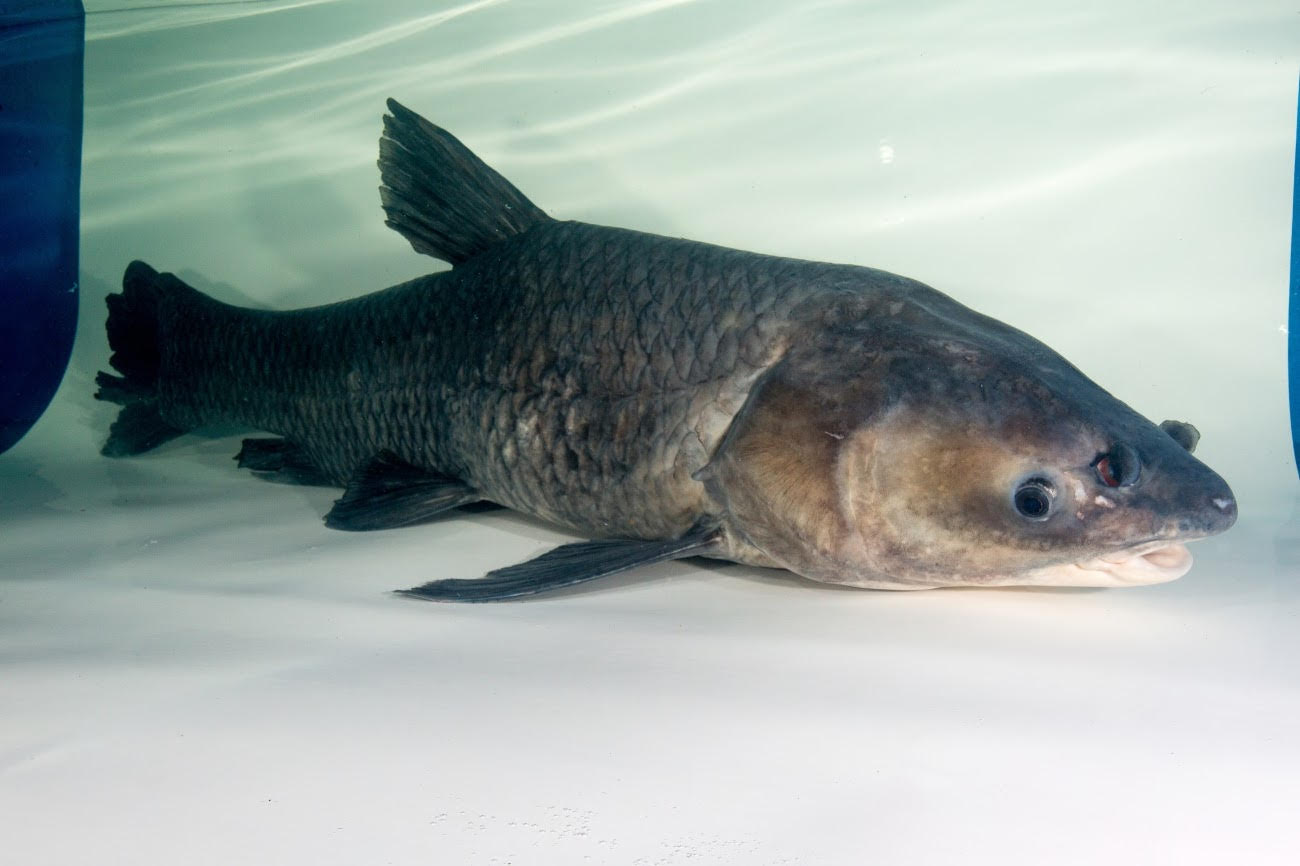Blue-green algae bloom closes public access to Lake SWEPCO
ON 09-30-2024

SILOAM SPRINGS — All public access for boating, angling and swimming at Lake Flint Creek (also known as Lake SWEPCO) in Benton County has been temporarily closed after the recent issuance of a Harmful Algae Bloom Advisory by the Arkansas Department of Environmental Quality.
The Southwestern Electric Power Company and the Arkansas Game and Fish Commission explained that the bloom has not been detected in the lake itself but was confirmed in one of the ponds that discharges into the lake, prompting the advisory and temporary closure.
In a statement provided by Shanda Hunter, corporate communications specialist for SWEPCO, the discovery came as a result of Flint Creek environmental team members monitoring the ponds after becoming aware of similar algae blooms in nearby locations.
“Algae was observed, and out of an abundance of caution, we engaged subject matter experts and specialized laboratory professionals. We have received confirmation from the lab that the algae in the pond is cyanobacteria, commonly known as blue-green algae. We are working closely with local leaders, state agencies and the Arkansas Department of Environmental Quality to ensure public safety and have restricted public access to Flint Creek Lake and part of the Eagle Watch Nature Trail closest to the lake. Additional testing and monitoring are ongoing, and we will continue to update the public if the situation changes.”

Hunter says the portion of Eagle Watch Nature Trail from the trailhead to the first pavilion will remain open, but signs and chained off areas are in place to prevent access beyond that point for public safety until the advisory is lifted.
Blue-green algae blooms are fairly common in Arkansas, and usually are short-lived. They are formed when naturally occurring cyanobacteria have the right combination of nutrients and water temperature to grow at large enough levels to be visibly noticeable at the water’s surface with its distinct bright green hue. The primary concern comes from elevated levels of a toxin called microcystin, which is released into the water as blue-green algae die and break down. These toxins can be harmful to pets, children and even adults if ingested. Contact with these toxins may also cause skin irritation.
If you observe a blue-green algae bloom you should avoid contact with the water. Do not swim in a lake or river with an ongoing blue-green algae bloom. Keep children and pets out of water with a blue-green algae bloom, as they are more susceptible to the toxin’s effects.
If you observe a new blue-green algae bloom, please report it to the Arkansas Division of Environmental Quality at habs@adeq.state.ar.us. Visit https://www.adeq.state.ar.us/
Do not pick up any sick or dead wildlife found near any water body you suspect is experiencing a blue-green algae event. Submit a report to agfc.health@agfc.ar.gov wit
Recent News
Subscribe to Our Weekly Newsletter E-mails
Don’t miss another issue. Sign up now to receive the AGFC Wildlife Weekly Newsletter in your mailbox every Wednesday afternoon (Waterfowl Reports are published weekly during waterfowl season and periodically outside the season). Fishing Reports arrive on Thursdays. Fill in the following fields and hit submit. Thanks, and welcome!


